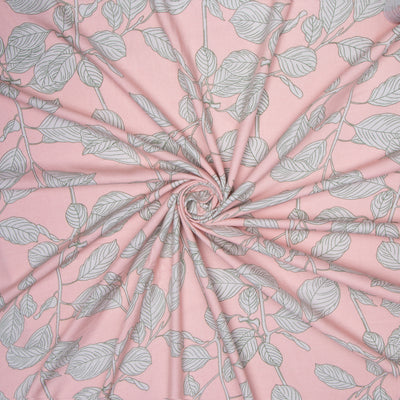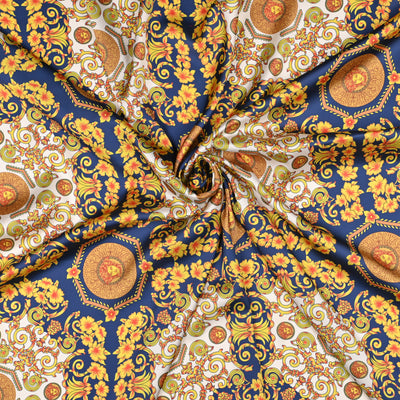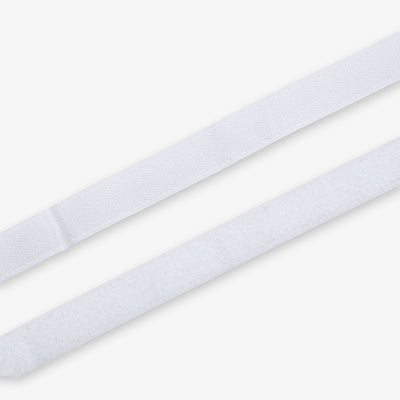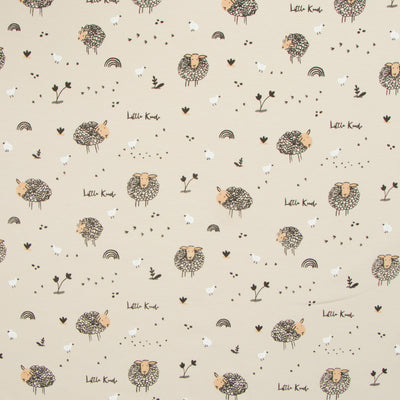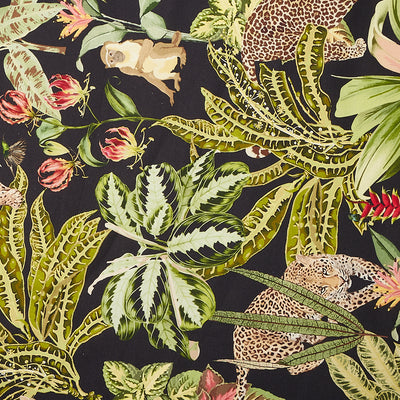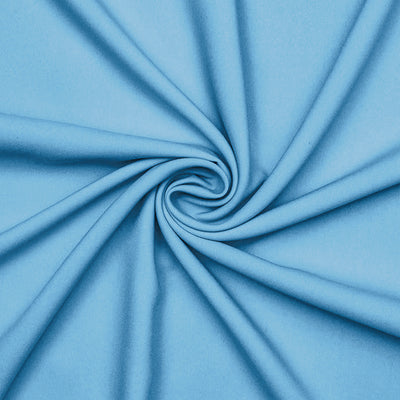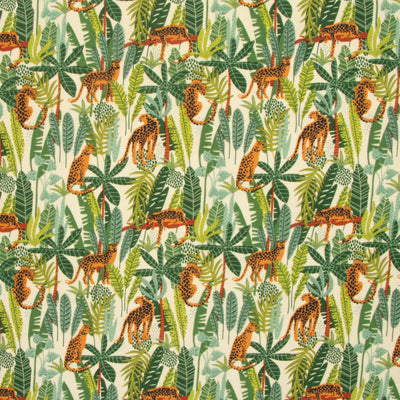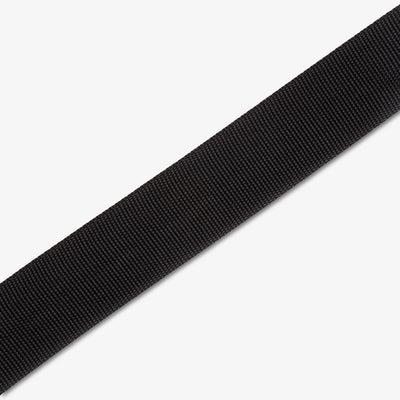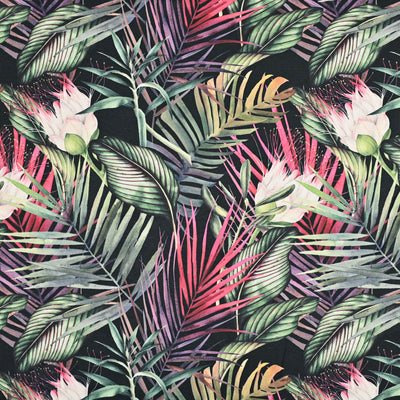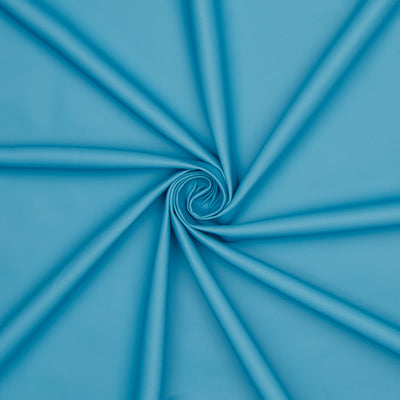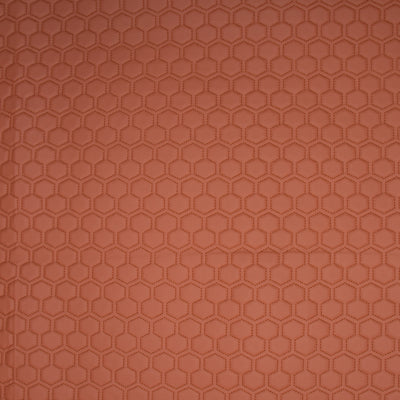Have you ever wondered about the little plastic eyes on teddy bears and stuffed animals? These small, yet important details bring life and personality to our favorite plush companions. But where do they come from and how are they made?
The history of plastic teddy bear eyes can be traced back to the early 20th century, when teddy bears first became popular. At first, glass eyes were used, but they were fragile and posed a choking hazard for children. In the 1950s, plastic eyes began to replace glass as the material of choice for teddy bear makers.
Today, plastic teddy bear eyes are made through a process called injection moulding. Pellets of plastic are melted and injected into a mould in the shape of the desired eye. The mould is then cooled and the plastic eye is removed. The eyes are then painted and assembled with the teddy bear or stuffed animal.
There are different types of plastic used for teddy bear eyes, including acrylic and polyethylene. Acrylic eyes are more durable and resistant to yellowing, but they can be more expensive. Polyethylene eyes are more affordable, but they may yellow over time and are not as durable.
In addition to traditional black and brown colors, plastic teddy bear eyes are now available in a wide range of colors and styles. Sparkly, glittery, and multicolored eyes are all options for adding personality and character to your stuffed animal.
Overall, plastic teddy bear eyes play a vital role in the creation of our beloved stuffed animals. From their history to the manufacturing process, these small details bring life and character to our furry friends.

